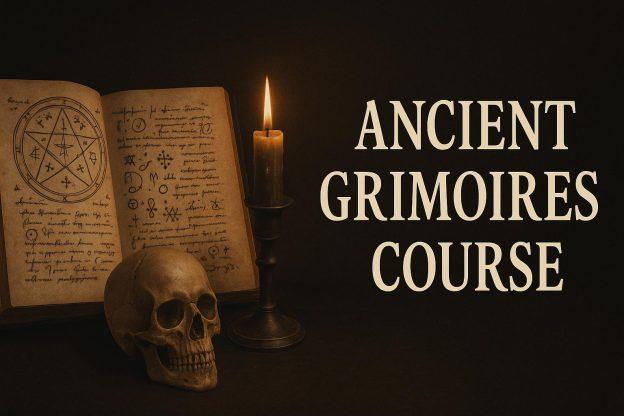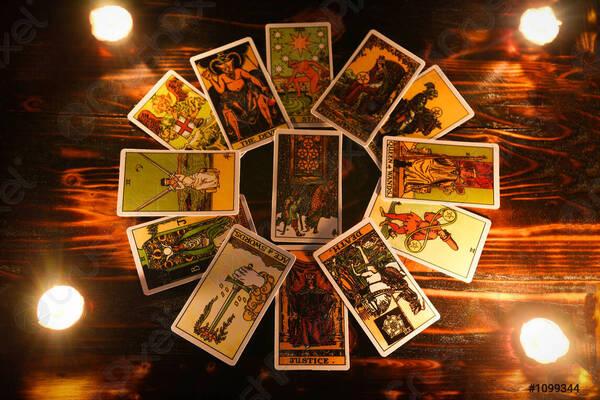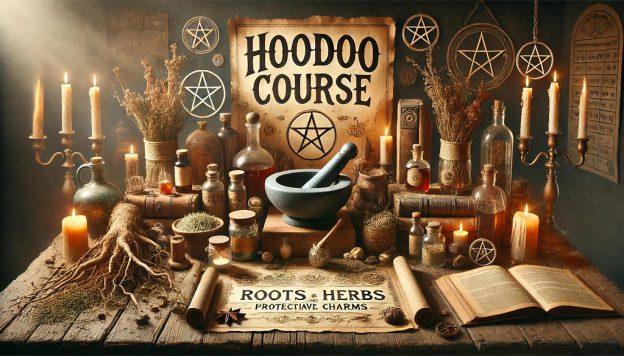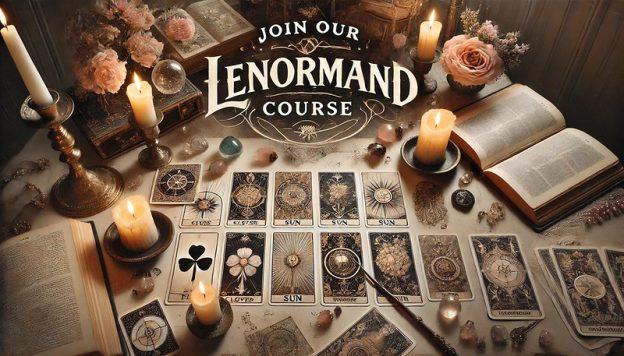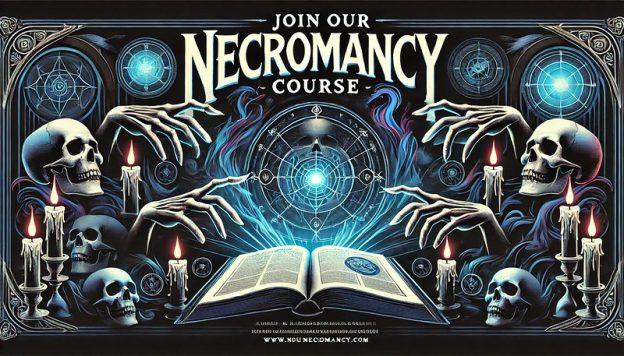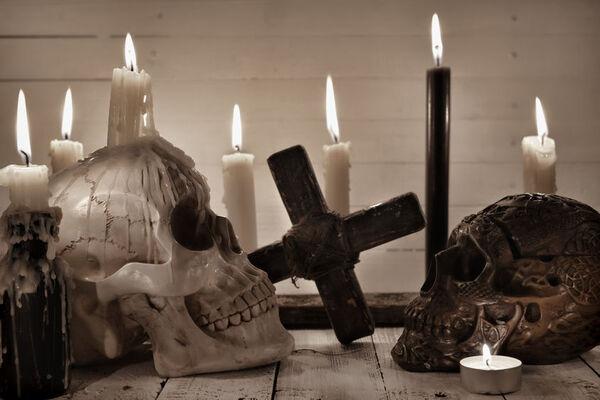Agnes, St.

Agnes, St. (pure, chaste) (fourth century) In Christian legend, martyr. One of the Four Great Virgin Martyrs of the Latin, or Western, Church; patron saint of betrothed couples, gardeners, and virgins. Invoked to preserve chastity. Feast, 21 January. Agnes is one of the most popular saints in Christian legend. Her life is discussed by St. Ambrose, who wrote a hymn in her honour, and by St. Augustine, who wrote that she died a virgin martyr at the age of 13. The main source of her legend, however, comes from the early Christian poet Prudentius.
The Golden Legend, a collection of saints’ lives written in the 13th century by Jacobus de Voragine used Prudentius, among others, as a source. Agnes was loved by a pagan Roman, whose advances she blocked by telling him she was in love with another (Christ) who was better than he. Out of jealousy the young man denounced Agnes as a Christian, and she was sent to a brothel as punishment. When she arrived, her clothes were removed, but God “gave her such grace that the hairs of her head became so long that they covered her body to the feet, so that her body was not seen,” according to The Golden Legend. God sent an angel who defended her chastity against all assaults from customers of the house. When one man tried to rape her, the angel “took him by the throat and strangled him” and he fell dead. In the end Agnes was raped and finally martyred, but the various accounts do not agree on how she met her death. The Golden Legend says a “sword was put in her body.” St. Ambrose, however, says she “bent her neck,” meaning she was decapitated. Pope Damascus says she was burned alive.
In Rome on her feast day two white lambs are offered at the sanctuary rails in her church while a hymn is sung in her honour. The wool from the lambs is used to weave the pallium, part of the vestments worn by archbishops in the Latin Church. The custom may have been derived from the folk etymology of her name; lamb in Latin is agnus. It is believed that on St. Agnes’s Eve if you take a row of pins and stick them in your sleeve one after the other, while saying a paternoster, you will dream of the one you will marry. Taking this folk belief John Keats wrote a magnificent poem, The Eve of St. Agnes (1819), a work rich in romantic celebration of erotic love and fantasy. Alfred, Lord Tennyson also used the saint in his poem St. Agnes Eve, though he attempted to treat the subject in a different manner.
José de Ribera, the 17th century Spanish artist, painted his St. Agnes, showing a young girl on her knees, crossing her breasts in modesty, while her long hair and drapery, held by an angel, cover the rest of her body. ( see image above )
SOURCE:
Encyclopedia of World Mythology and Legend, Third Edition – Written by Anthony S. Mercatante & James R. Dow
Copyright © 2009 by Anthony S. Mercatante
